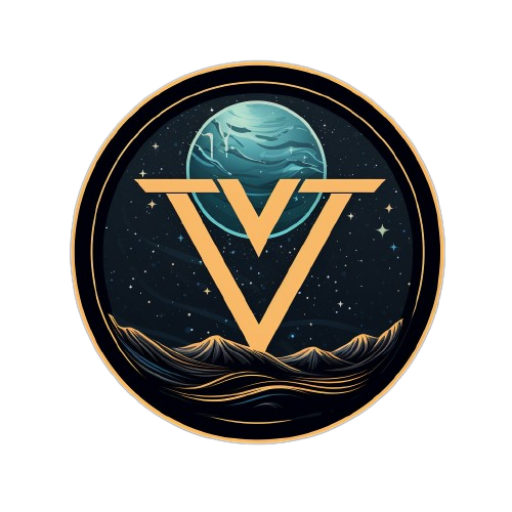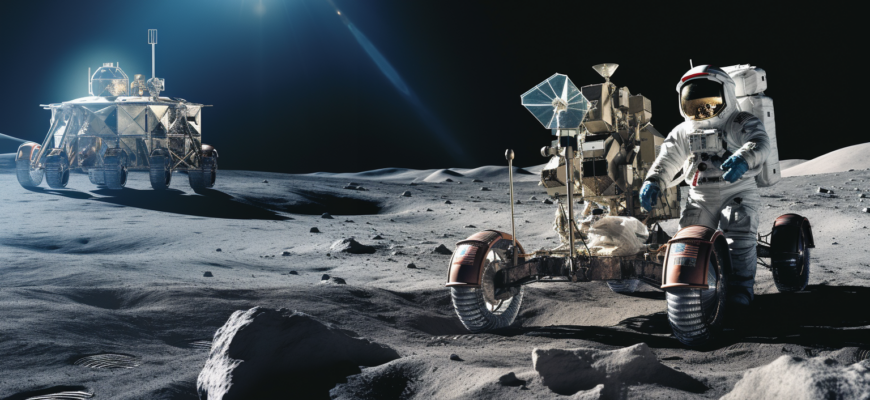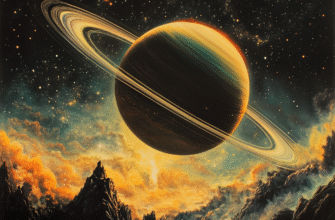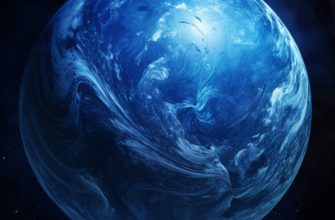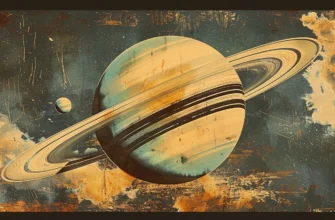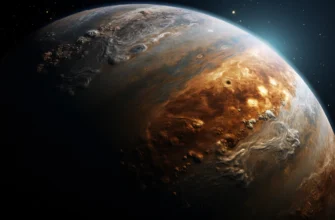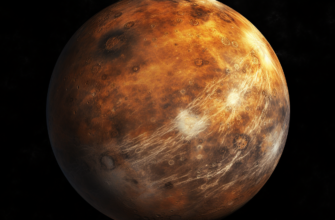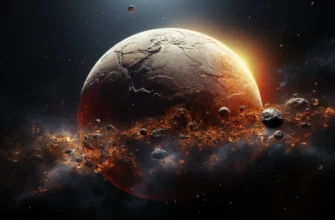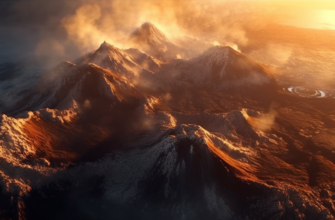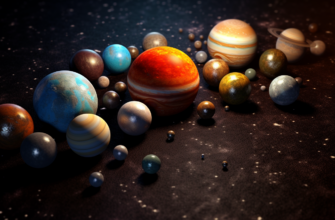The Moon, our closest celestial neighbor and Earth’s only natural satellite, has captivated human imagination for centuries. This article brings you the top 10 unbelievable facts about the Moon, shedding light on its physical characteristics, geological aspects, and the history of its exploration.
- Moon’s Physical Properties
- 1. Dark Surface
- 2. Size and Distance
- 3. Synchronized Rotation and Orbit
- 4. Drifting Away
- Moon’s Geological Aspects
- 5. Geological Formation
- 6. Dark Areas – Mare
- 7. Gravitational Influence
- Moon’s Exploration History:
- 8. Water on the Moon
- 9. Human and Robotic Exploration
- 10. Non-Breathable Atmosphere
Moon’s Physical Properties
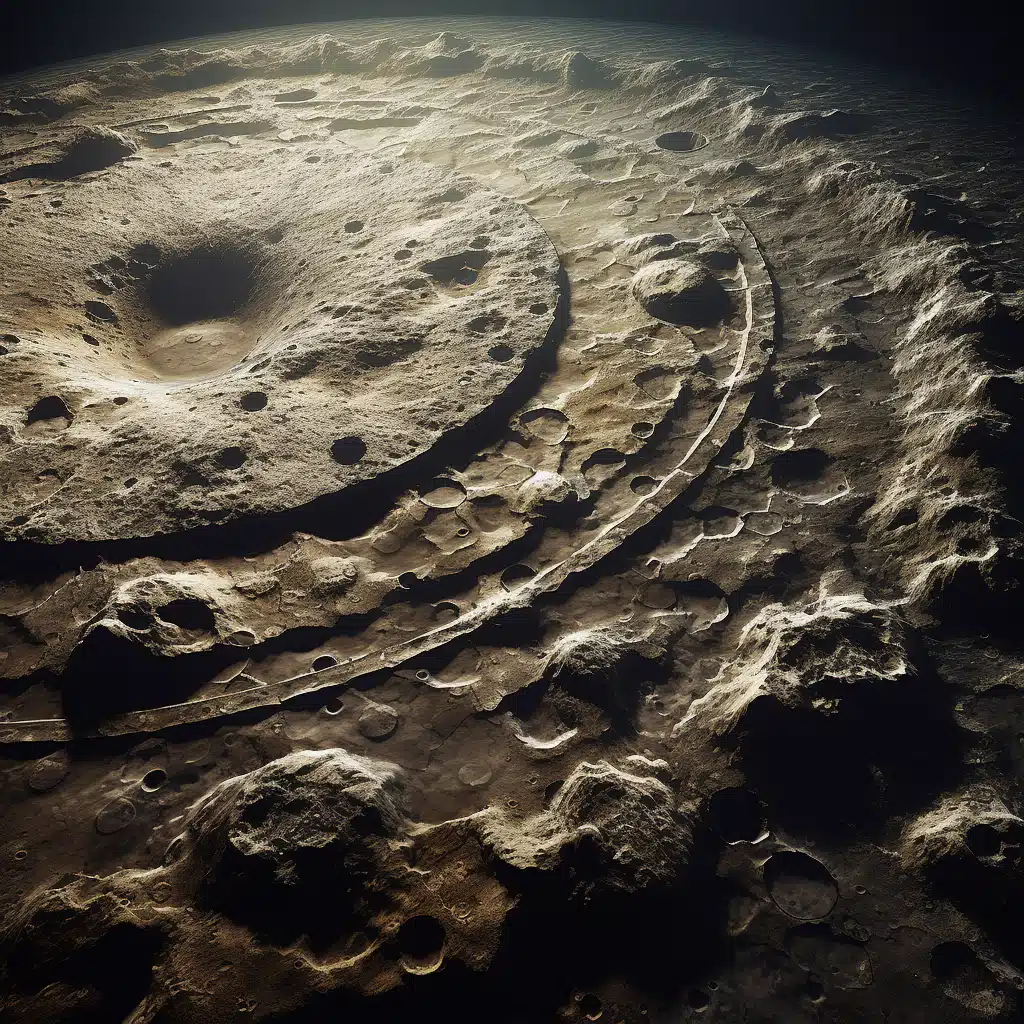
1. Dark Surface
Despite its bright appearance in the night sky, the Moon’s surface is actually dark, with a reflectance slightly higher than that of worn asphalt. This is due to the composition of the lunar soil, or regolith, which is made up of tiny fragments of silicate glass darkened by meteorite impacts over billions of years.
2. Size and Distance
The Moon is about a quarter of the size of Earth and is approximately a quarter of a million miles away from us. These factors contribute to its unique appearance in our sky.
3. Synchronized Rotation and Orbit
The Moon is about a quarter of the size of Earth and is approximately a quarter of a million miles away from us. These factors contribute to its unique appearance in our sky. The Moon’s size and distance also cause it to appear the same size as the Sun during a total solar eclipse, a rare and spectacular event that has fascinated humans throughout history.
4. Drifting Away
The Moon is drifting away from Earth at a rate of about 3.8 cm per year, a fact determined with extreme precision using reflectors placed on the lunar surface by Apollo missions. This slow drift is caused by the gravitational interaction between the Earth and the Moon, a dance that has been going on for over 4 billion years and will continue far into the future.
Moon’s Geological Aspects
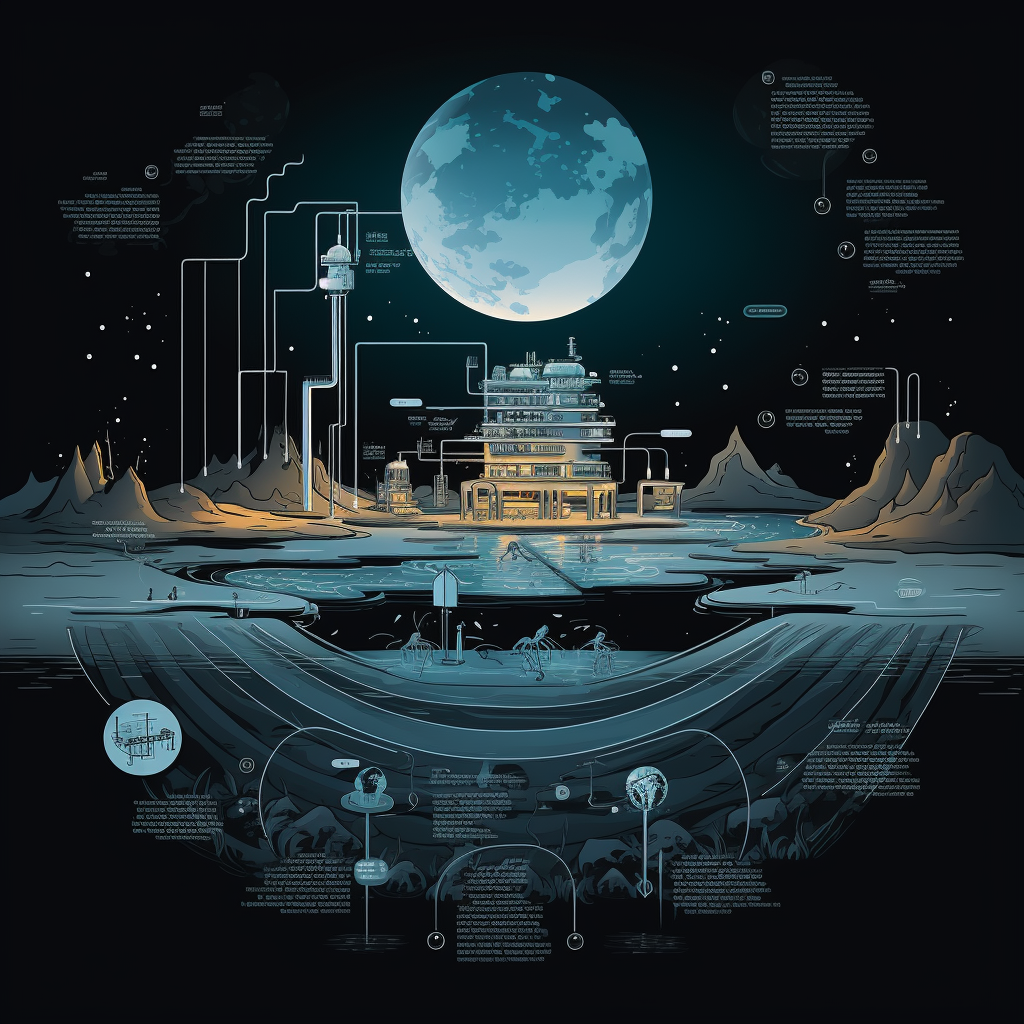
5. Geological Formation
The Moon was likely created when a rock the size of Mars slammed into Earth, shortly after the solar system began forming about 4.5 billion years ago.
6. Dark Areas – Mare
The Moon’s surface features dark areas known as “mare” – Latin for seas. These volcanic basins were created in the aftermath of ancient impacts and filled with lava, which eventually cooled to form smooth, dark plains of basalt.

7. Gravitational Influence
The Moon’s significant gravitational pull on Earth not only results in ocean tides but also even causes ‘moonquakes’ – seismic quakes on the Moon that are caused by Earth’s gravitational influence.
Moon’s Exploration History:
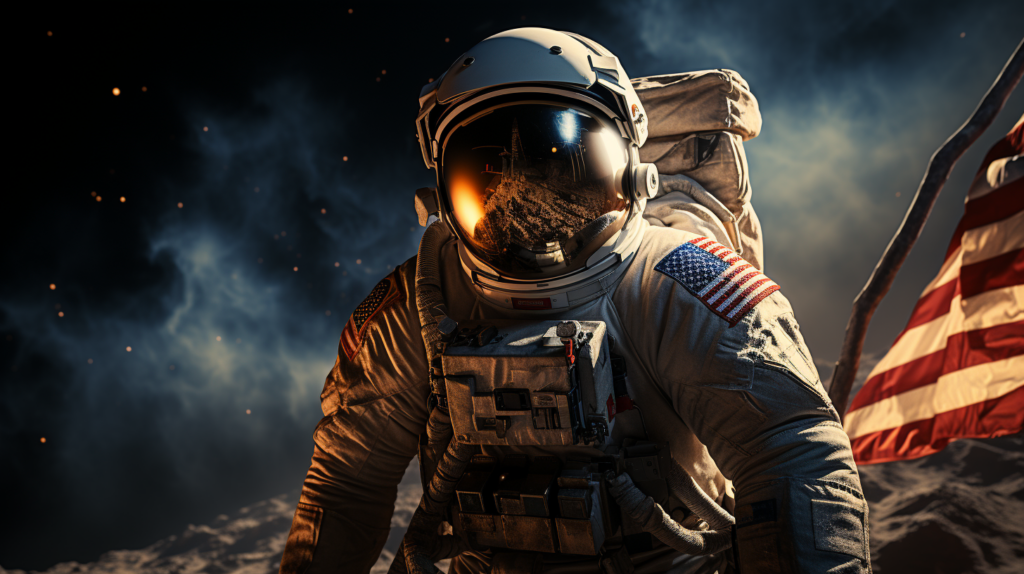
8. Water on the Moon
The Moon has water in the form of ice trapped within dust and minerals on and under its surface. These ice deposits have been detected in areas of the lunar surface that are in permanent shadow and are therefore very cold.
9. Human and Robotic Exploration
Neil Armstrong and Buzz Aldrin were the first humans to set foot on the Moon in July 1969. Since then, a total of 12 people have walked on the Moon. Robotic explorers have also played a significant role in lunar exploration, with missions sent to the Moon, Mars, Venus, Titan, Jupiter, as well as a few comets and asteroids.
10. Non-Breathable Atmosphere
Despite the Moon’s thin and tenuous atmosphere, called an exosphere, being non-breathable, astronauts equipped with space suits and helmets have been able to explore its surface.
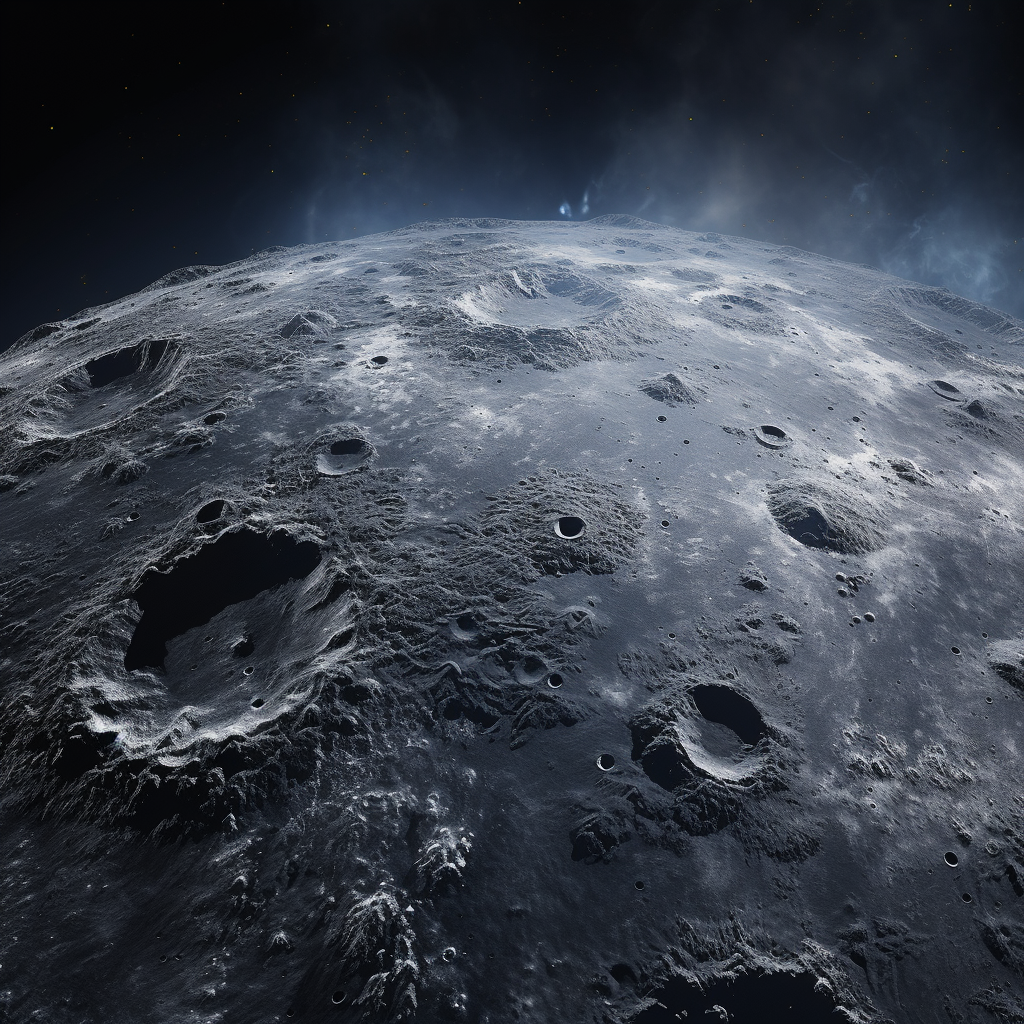
Every new piece of information we uncover about the Moon propels us further on our quest to comprehend our position within the grand tapestry of the solar system and the universe beyond. As the famous astronomer Carl Sagan once said, ‘The cosmos is within us. We are made of star-stuff. We are a way for the universe to know itself.’ So, keep an eye out for more intriguing facts about the Moon and other celestial wonders that continue to enlighten us about our cosmic journey.
Carl Sagan
